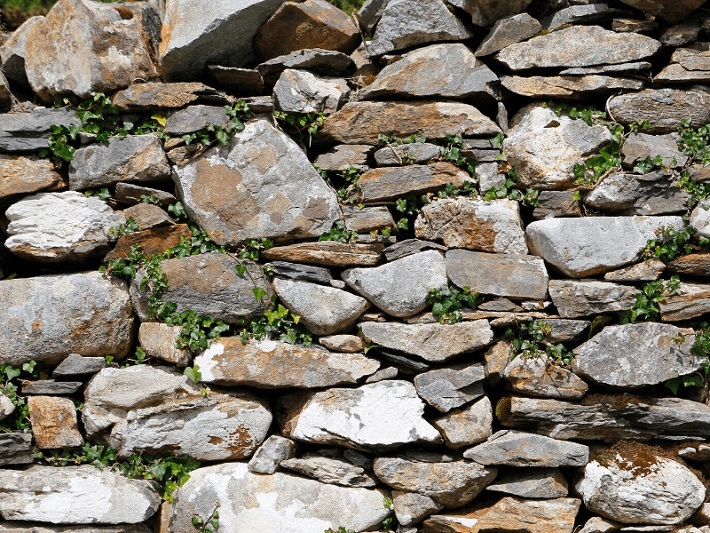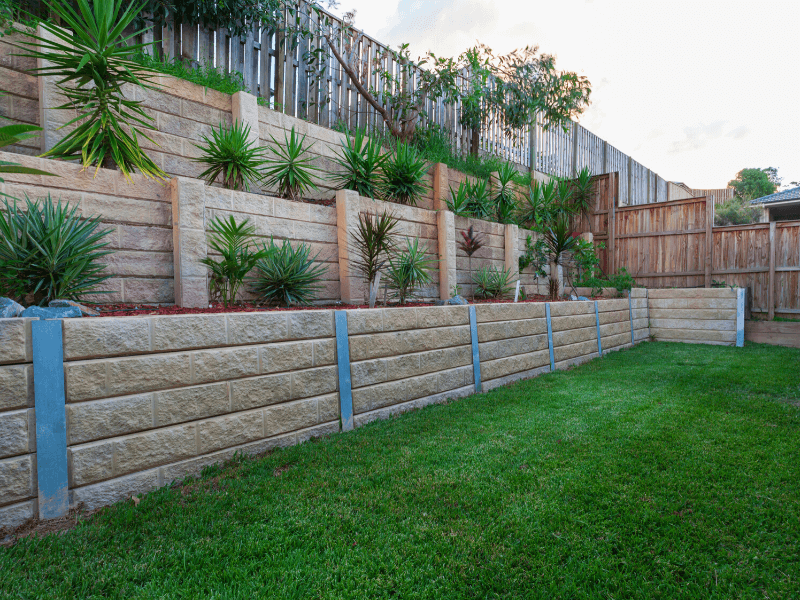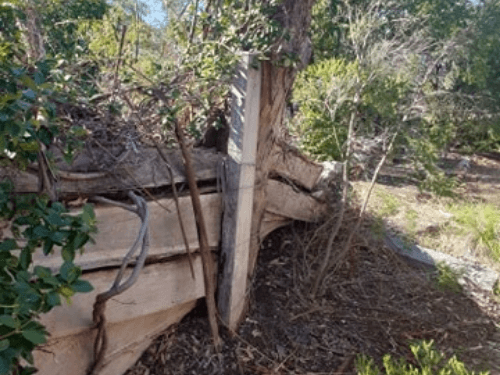When thinking about the hiring of a professional building inspector, the inspection of a house or apartment is usually what comes to mind first. But, did you know that one of the services they can provide as part of a building and pest inspection is retaining wall inspections?
In mountainous cities like Brisbane, retaining walls are a common property feature. Their primary purpose is to even out or tier sections of land, allowing for modern-style constructions that use slab foundations rather than stumps.
Retaining walls can be made from a variety of materials, including concrete, timber, rocks, and brick, giving them a real versatility when it comes to property aesthetics. This has made them a popular feature in landscape design and DIY Projects.

Being detached from the home, it’s not uncommon for retaining walls to go forgotten, despite their importance. So, here’s six reasons why retaining wall inspections should be a regular part of your property maintenance and part of your pre-purchase inspection.
Why you need retaining wall inspections
Retaining Walls Are More Important Than You Realise
Retaining walls are literally holding your property in place. They are preventing geological events like erosion, subsidence, and landslides, so by neglecting them, you’re risking more significant damage and safety issues in your home.
Even if they were created to support garden beds, they would have some effect on your home when they fail and the general landscape shifts.

The Retaining Wall May Not Be Professionally Built
There is an assumption when purchasing a property that the retaining walls were professionally installed, but this is not always the case. Queensland legislation does allow for some retaining wall work to be completed by an unlicensed professional or landowner. For the retaining wall building code, refer to the Building Development Code in the Non-Mandatory Parts section.
Whether it was built by you or a professional, a retaining wall check by an independent building inspector can prevent costly damages to your home.
Weather Happens
Whether a retaining wall was built by a landowner or by the world champion of retaining walls – weather happens!
Extreme events like flooding, cyclones and gale-force winds can have an impact on your retaining walls, either directly or indirectly. Cyclonic winds may simply rip them apart, flooding may put excess pressure on them, and significant rain quantities can cause drainage issues and rot.

Geology Happens
Just like the weather, sometimes we have no control over geological events that happen, like earthquakes, drought, and erosion.
Erosion might seem like an odd inclusion given that these walls are often designed to prevent that. However, soil dried out by drought or neglect is prone to wind erosion, and that loss of soil can affect the strength and support capabilities of a retaining wall.
Not in an earthquake-prone region? Consider this. The Newcastle earthquake in 1989 was felt up to 800km away, with buildings damaged within a 9000km radius, and geological impacts up to 200,000km away!
They Might Be Retaining Something They’re Not Meant To
Moisture can cause a ton of damage to a home, not just through roof leaks but through subsidence caused by excess moisture build-up at the foundations. Ensure the retaining wall drainage is doing its job … or installed at all!
Pests Happen
For timber retaining walls, make sure they’re included in your regular pest inspection. A few white ants can cause a lot of damage!
Feeling like a retaining wall inspection might be a wise idea? Contact Safeguard Inspections for a professional assessment of residential properties and retaining walls in Brisbane, guided by 25 years of experience and knowledge.